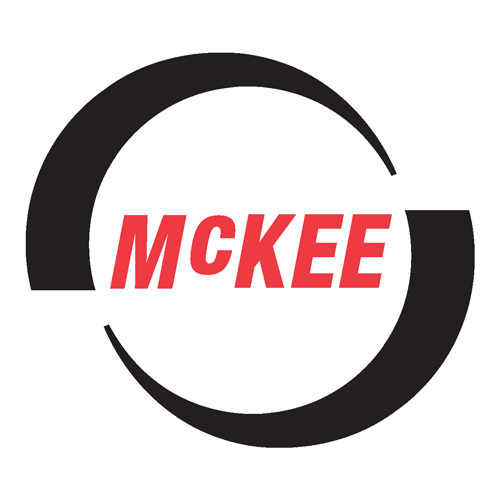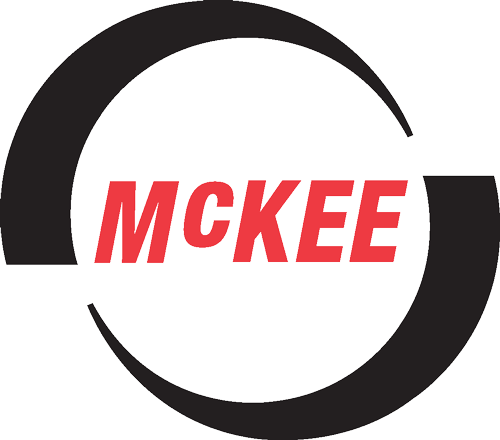Troughed Conveyor Belt Considerations
February 14, 2022 2:14 pm Leave your thoughtsTroughed Conveyor Belt Considerations
Troughed conveyor belts allow the conveyor to carry more material. The greater the trough angle on the belt, the more material the conveyor will be able to carry.
Whether the belt is made of flat rubber or PVC, it can be made into a trough with idlers. Factors that will determine the maximum trough angle include the thickness of the belt, the type of belt carcass, the belt’s tension rating and the width of the belt.
It is important not to exceed the maximum trough angle for a particular belt, as this could cause permanent deformation into a cupped position. Belts that are cuffed do not seal as well, are harder to clean and can be very challenging to track (nearly impossible in some cases). Increased cupping results in reduced surface contact between the rolling components of the conveyor and the belt, which lessens the ability of that rolling component to properly steer the belt. A belt that cannot form a trough correctly will have problems sealing and tracking. If the belt gets too stiff, it also will not properly steer through the system, resulting in spillage off each side of the conveyor and damage to the belt edges. Finally, damage to the top and bottom covers and to the carcass in the idler-junction area can also result from exceeding the troughing capacity.
Proper troughing
Standard troughed conveyor belts feature angles of 20, 30 and 40 degrees in Europe and 20, 35 and 45 degrees in the United States. The 20-degree trough had been the historical standard, but with improvements in belt design and construction, greater bending has become possible without concerns of premature failure.
Conveyors that are longer or operate at higher speeds could require thick belts to be used—in many cases, with steel cords placed in the carcass. These belts might have less trough capability, but with lower bend requirements and some stress reduction in the belt, you can still use a 20-degree trough with these heavier belts to carry heavier materials.
Troughing angles of greater than 20 degrees are best used for materials with low angles of repose. Higher troughing angles can be used for many different applications, particularly when there are allowances made for limitations in transition distance or when there is a requirement for exposed edge distance for skirt sealing.
Limitations of troughed belts
We’ve discussed the many benefits and purposes of troughed belts, but it is important to be aware of some of their inherent limitations as well.
Transition distances can be problematic if not properly planned for during conveyor design and belting specification processes. Longer distances are needed to prevent stress at the belt edges. If the transition distance is too short, this could result in belt failure or lower performance.
Steeper trough angles have some inherent limitations, including a greater vulnerability to potential wind and a greater potential for damage. These considerations must be present in planning the system.
For more information about the design of troughed belts and other conveyor belt considerations, contact us at M.B. McKee Company, Inc.
Categorised in: Uncategorized
This post was written by admin

